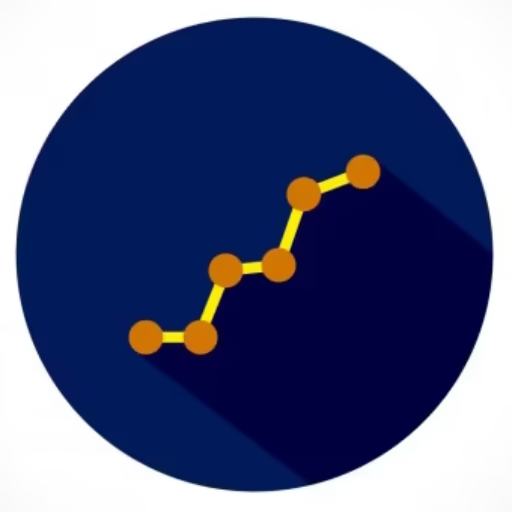Description
Algo Trading
Algorithmic trading, often referred to as “algo trading,” is the process of using computer programs and systems to execute trades in financial markets. These algorithms are designed to follow a set of predefined rules and strategies based on timing, price, quantity, or other mathematical models. The goal of algo trading is to increase efficiency, reduce transaction costs, and improve execution speed compared to manual trading.
Key Components of Algorithmic Trading: Algo Trading
- Strategy Development :Algo Trading
- Trend-following strategies : Algorithms that follow market trends, such as moving averages, channel breakouts, or price level movements.
- Arbitrage opportunities : Exploiting price differences between different markets or instruments (e.g., buying low in one market and selling high in another).
- Mean reversion : Betting on prices reverting to their mean or average after deviating significantly.
- Market-making : Providing liquidity by placing buy and sell orders simultaneously, profiting from the bid-ask spread.
- Statistical arbitrage : Using statistical methods to identify mispriced securities and exploit short-term trading opportunities.
- Sentiment analysis : Leveraging news, social media, or other data sources to gauge market sentiment and make trading decisions.
- Backtesting :Algo Trading
- Before deploying an algorithm in live markets, traders typically backtest it using historical data to evaluate its performance. This helps ensure that the strategy would have been profitable in the past and gives confidence in its future potential.
- Execution Algorithms :Algo Trading
- Volume Weighted Average Price (VWAP) : Aims to execute orders at the average price over a specified period, minimizing market impact.
- Time Weighted Average Price (TWAP) : Distributes trades evenly over a specified time period.
- Implementation Shortfall : Focuses on minimizing the difference between the decision price and the final execution price.
- Iceberg Orders : Large orders are broken into smaller chunks to avoid revealing the full size of the trade to the market.
- Risk Management :Algo Trading
- Risk management is crucial in algo trading. Algorithms must be designed to handle unexpected market events, volatility spikes, and other risks. Traders often use stop-loss orders, position limits, and other risk controls to protect against large losses.
- Latency and Speed :
- In high-frequency trading (HFT), speed is critical. Algo traders often invest in low-latency infrastructure, co-located servers near exchanges, and direct market access (DMA) to minimize delays in order execution.
- Data Feeds and Market Data :
- Algo trading systems rely heavily on real-time market data feeds. Access to accurate and fast data is essential for making timely trading decisions.




Reviews
There are no reviews yet.